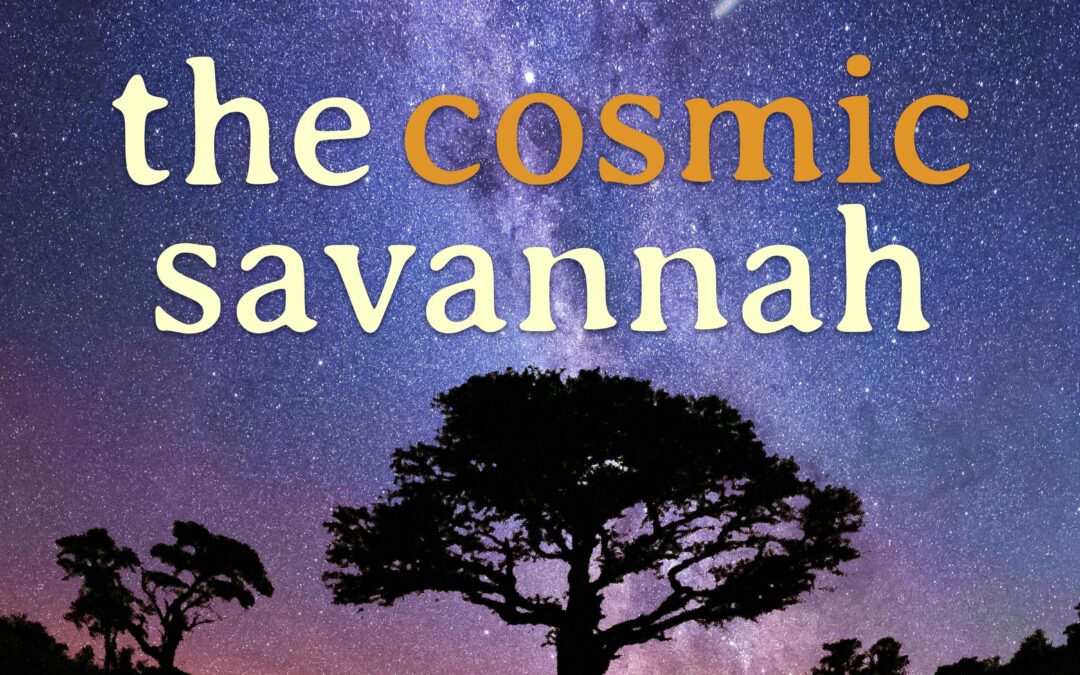Today’s Cosmic Savannah chat about some of the highlights of the past year in astronomy and also some of favourite episodes of season 4.


Today’s Cosmic Savannah chat about some of the highlights of the past year in astronomy and also some of favourite episodes of season 4.

We are joined by Dr. Omima Osman and discuss about cosmic dust as she explains how this dust forms in the death throes of massive stars, how it grows in interstellar space and how it’s then, in turn, destroyed again by the death of stars

The Event Horizon Telescope (EHT) Collaboration has unveiled the first image of the supermassive black hole at the centre of our own Milky Way galaxy! More about it with @cosmicsavannah at #365DaysOfAstro

Jacinta takes us on a tour of her homeland, into the Australian bush, and chats about pathfinders, precursors and the exciting collaborations between South Africa and Australia!

This month Cosmic Savannah are joined by fours members of the board of the recently established African Network of Women in Astronomy (AfNWA), Prof Mirjana Pović, Prof Vanessa McBride, Dr Priscilla Muheki and Prof Carolina Ödman.

A powerful, naturally occurring “space laser”, called a megamaser, has been discovered with South Africa’s MeerKAT radio telescope in a galaxy nearly five billion light-years away. And today we have Professor Sarah Blyth & Dr. Marcin Glowacki to talk about it.

Today’s @cosmicsavannah take a step back from astronomy and focus on mental health in academia and beyond. More about it with Dr Jack Radcliffe

The @cosmicsavannah talk to Professor Travis Rector about how to communicate climate change and why it is important for astronomers to do so.

In celebration of our 50th episode, we are joined by a titan of astronomy, Dr. Bernie Fanaroff, who speaks with us about his illustrious career and his vision for the future of astronomy in Africa.

Today @cosmicsavannah talk with Dr. Elizabeth Naluminsa to celebrate Women and Girls in Astronomy and discuss about her works on SALT and SALT instrumentation